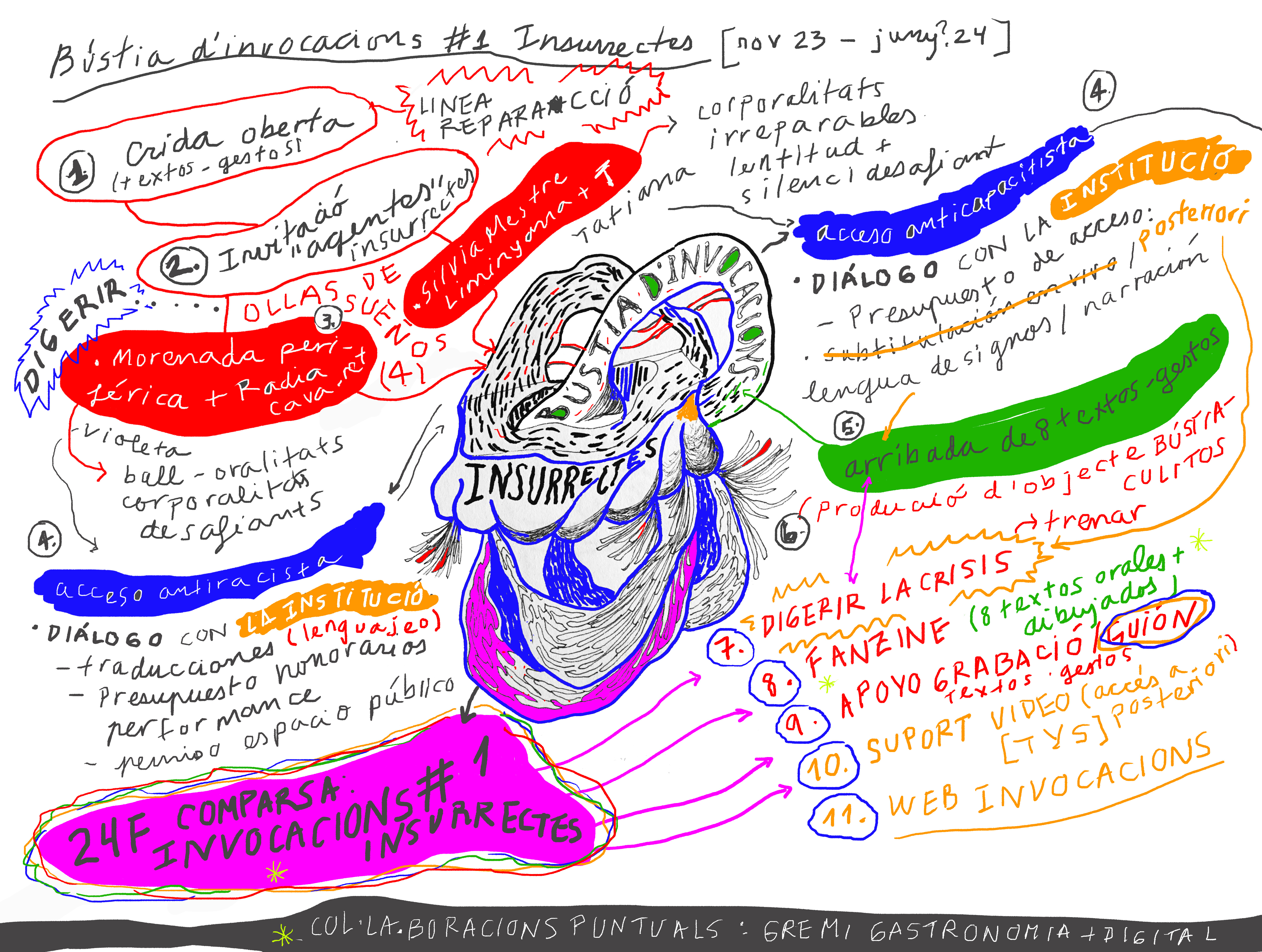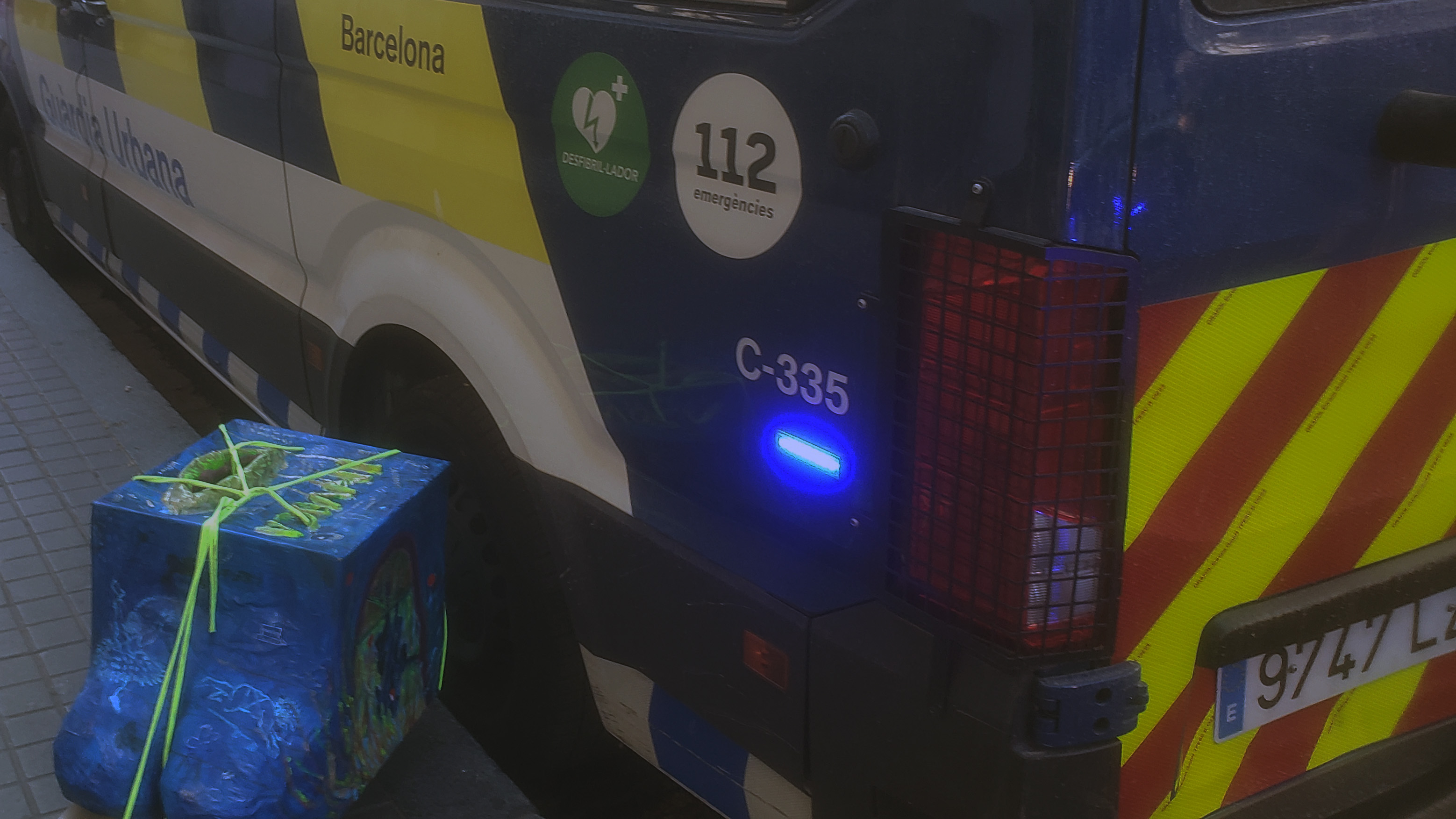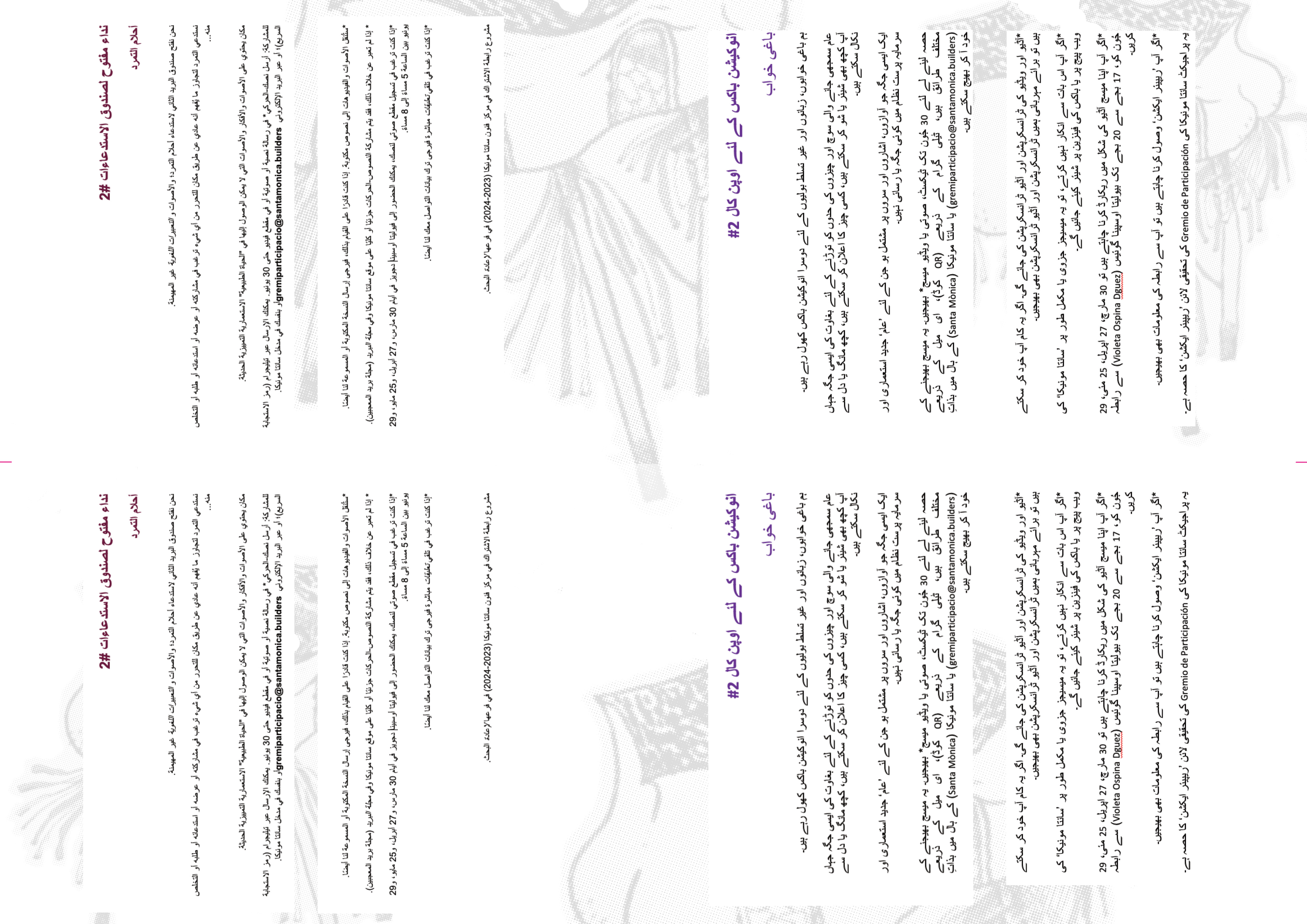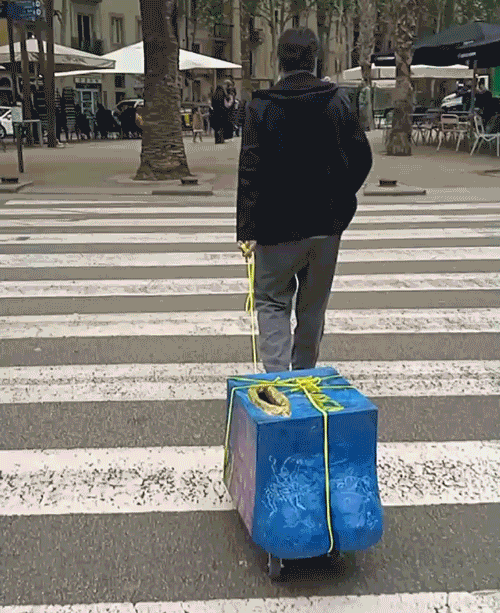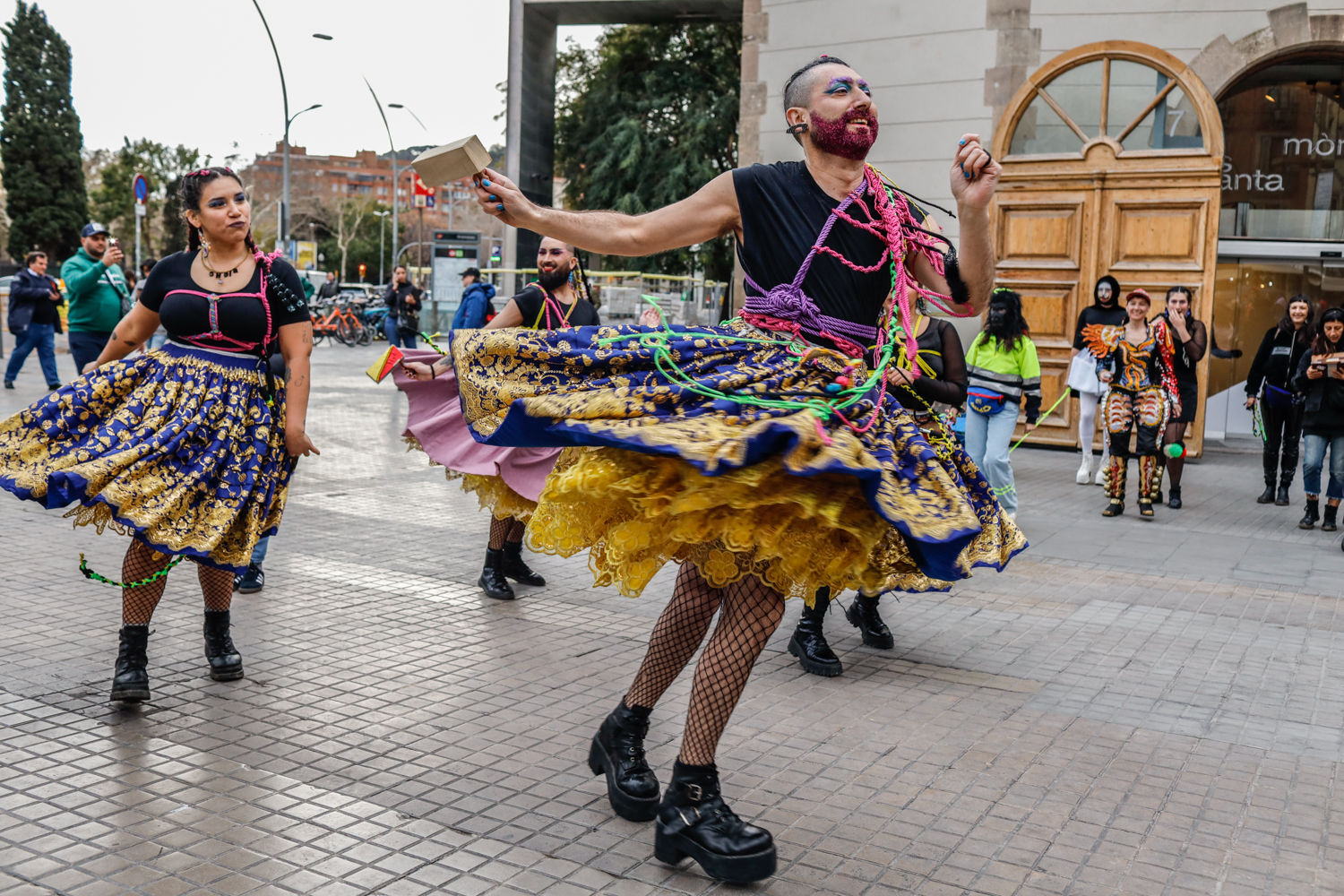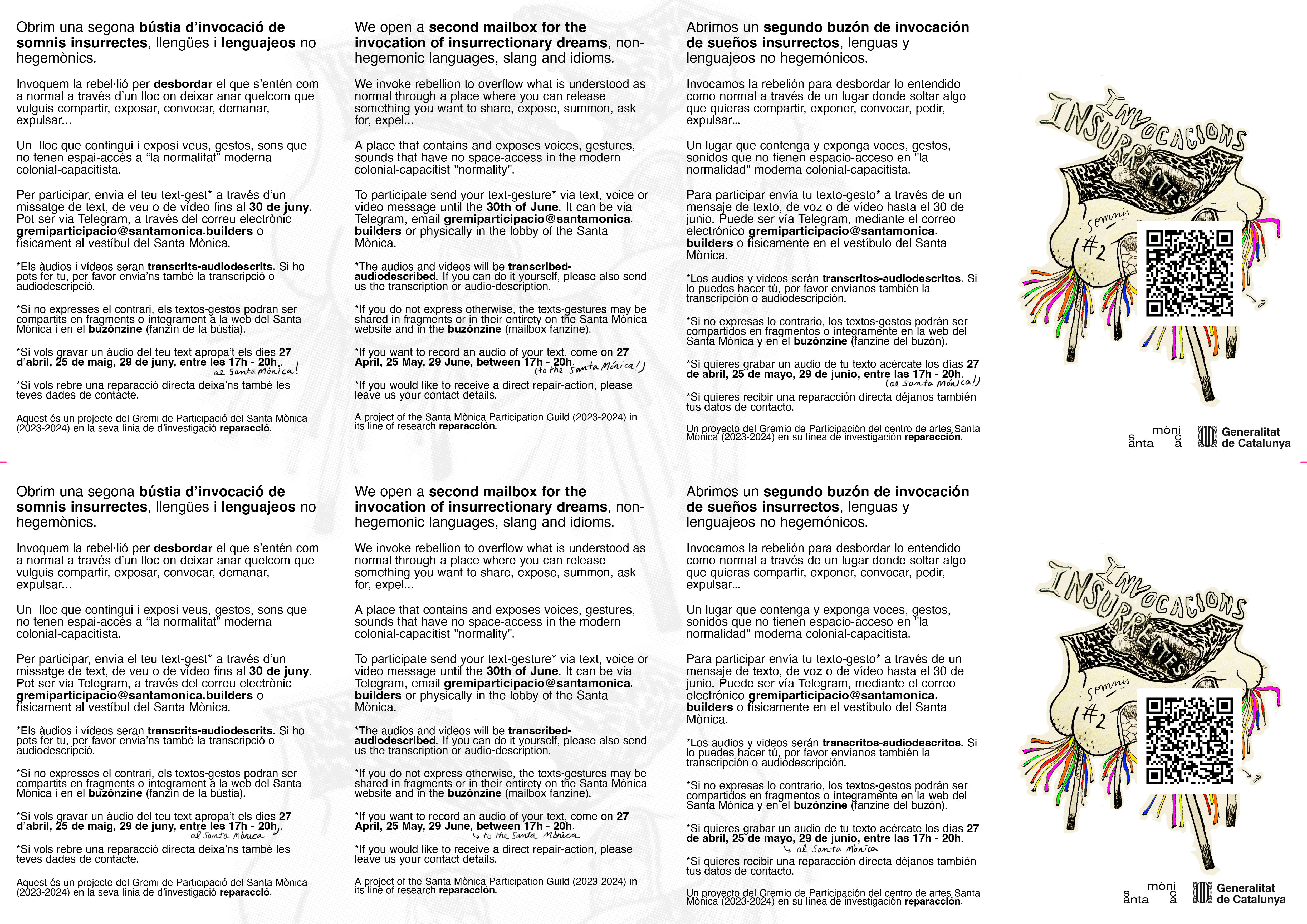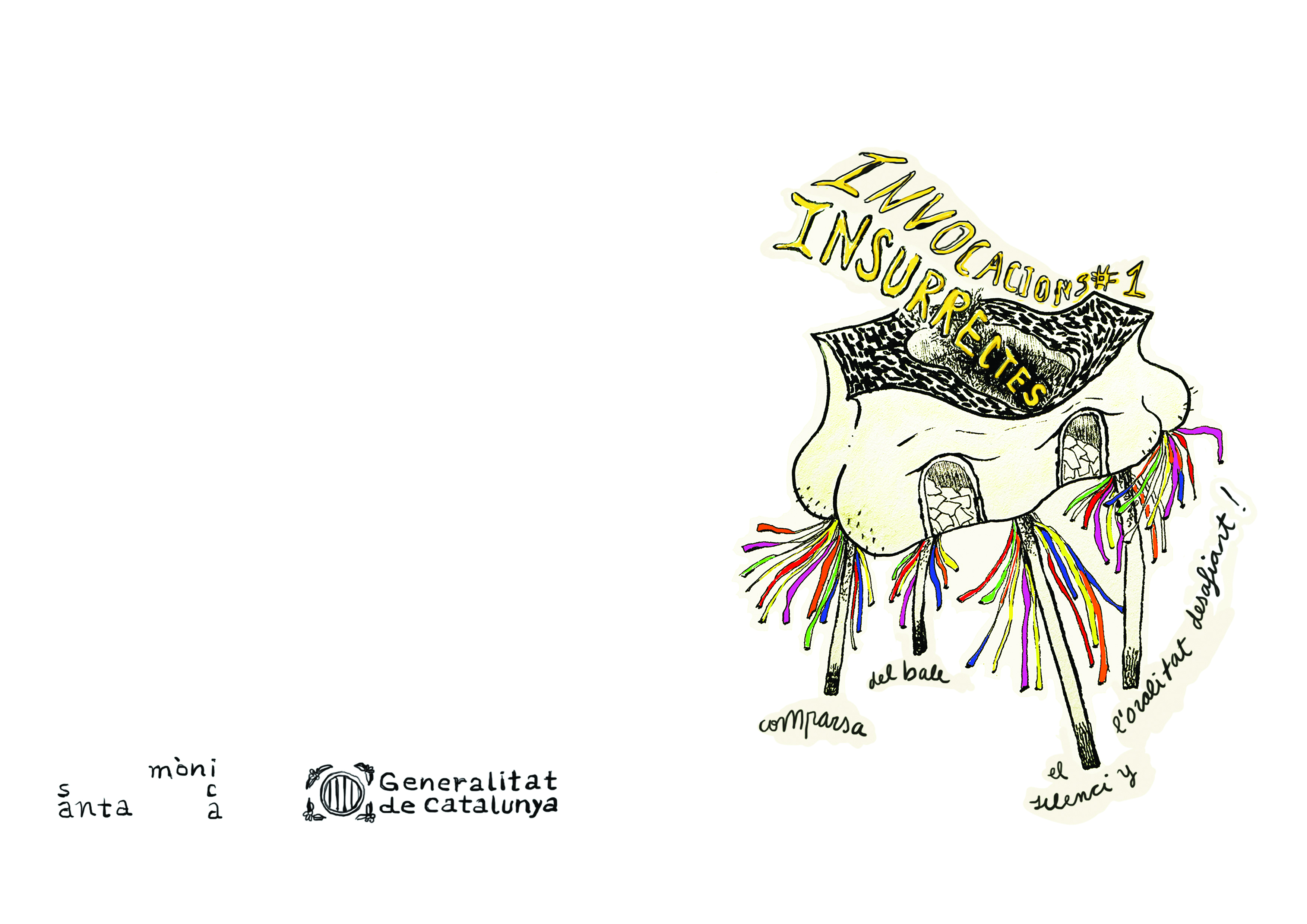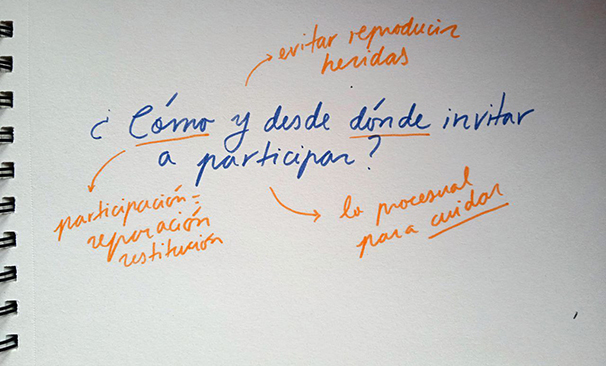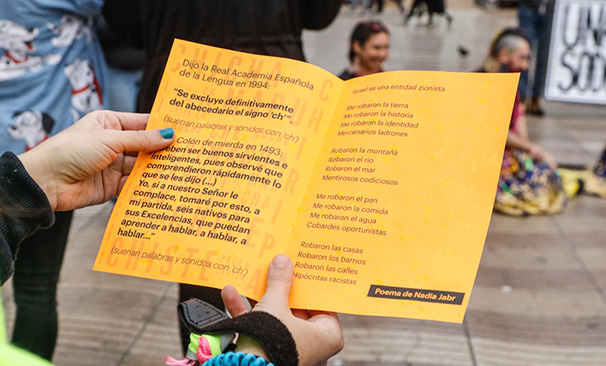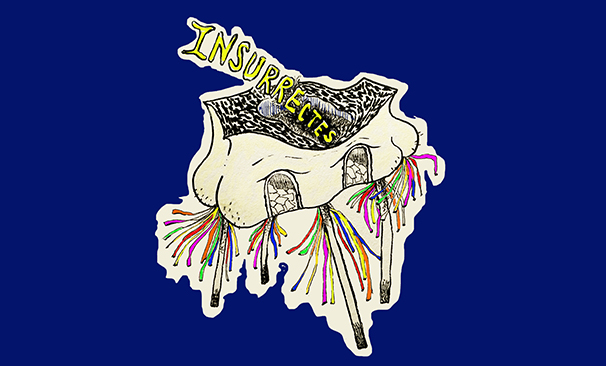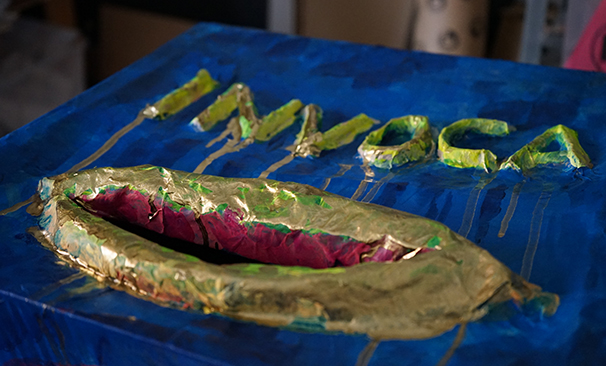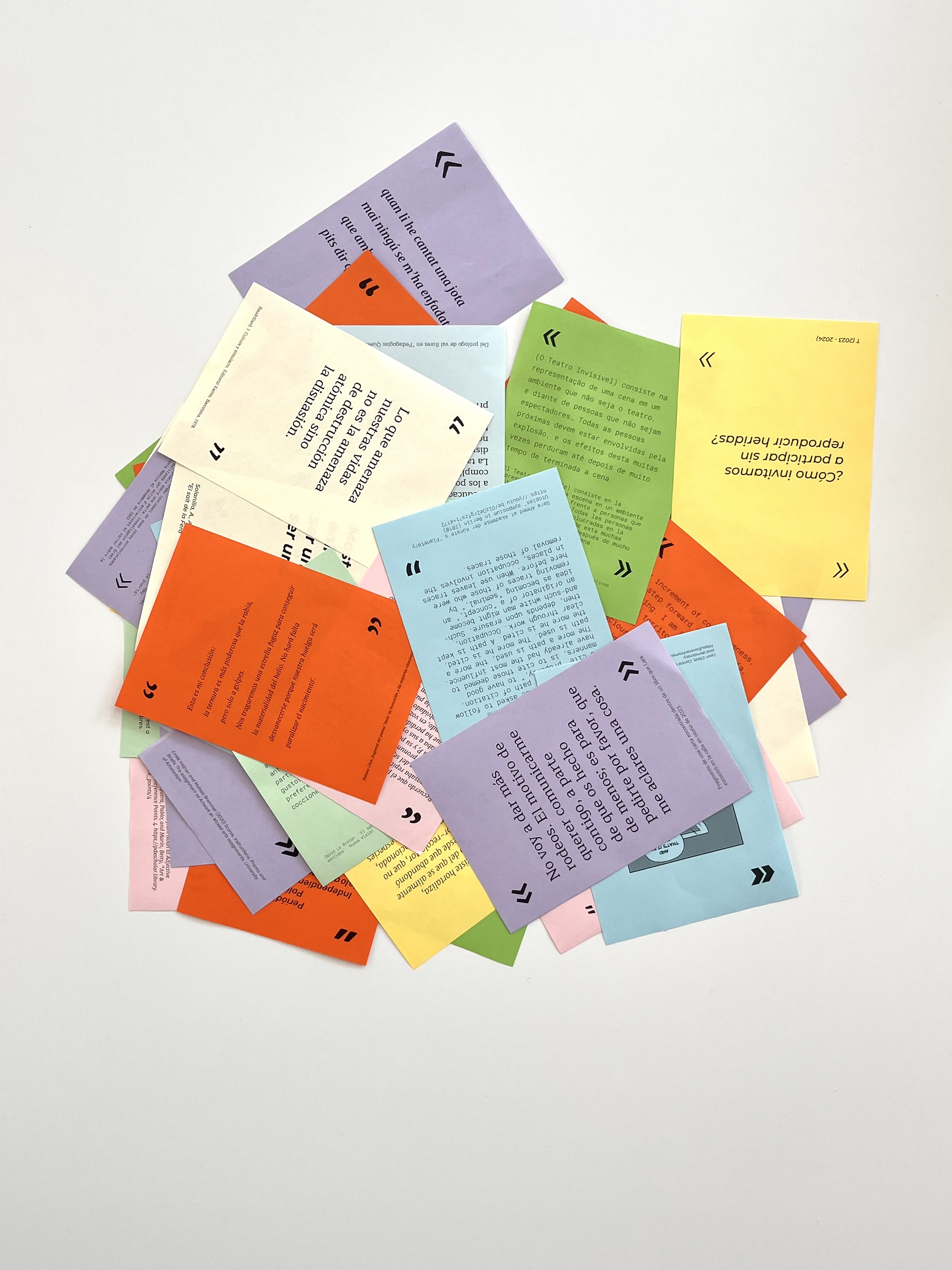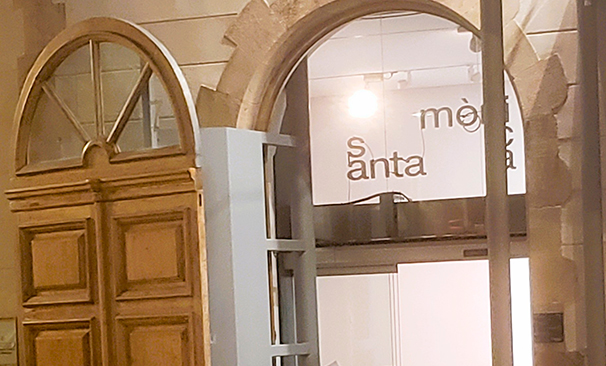What are you looking for?
You might be looking for...
Invocacions
A mailbox to collect dreams, wishes, complaints and imaginings
Abstract
Invocacions came out of the intention to create a space where anyone can express dreams, desires, complaints and imaginings in relation to art centre proposals and beyond. Through freely accessible mailboxes (in physical and digital format), people transmit their messages anonymously. These messages will later be transformed into artistic actions.
One of the prototype references was the Bústia d’orgasmes i de cruisings by Radia Cava-ret, developed at the Sant Andreu community centre in 2019. The mailbox was intended to promote the participation of older people interested in eroticism from among the participants in the centre's reading and writing clubs. This collection process took the form of a "heart of orgasms", created from a radiophonic workshop and presented in the centre's theatre.
In the same spirit, Invocacions seeks to call for participation, although in this case it focuses on minorities marginalised by the colonial and ableist system.
BACKGROUND
- Various spaces (physical and digital) that allow messages to be collected in different formats and that are easily and freely accessible to all.
- Expendable material that you consider suitable for the construction of the mailbox.
- A group of artists with an anti-colonial and anti-ableist mentality, together with the materials they may need.
INGREDIENTS
1. Hold an open call for messages. Make sure that messages can be of very different natures: objects, songs, gestures, etc. In our case, physical mailboxes were enabled as well as email and Telegram mailboxes, making it possible to include videos, photos or voice messages.
2. Spread the word and make sure that people in the neighbourhood can participate. We, among other measures, organised two "insurrection walks" in which we asked neighbours and passers-by on the Rambla and in the Raval for a dream or wish.
3. Contact "insurgent agents": artists who can transform the messages into creative actions, from an anti-racist and anti-ableist perspective. Provide them with the messages and let them collectively digest them and prepare an artistic proposal.
4. Make a budget according to the proposal you present and hold the necessary meetings to organise it. In this case, the proposal was a performative comparsa or parade, which required the creation of a script, organising the route, preparing the choreographic space, etc.
5. Make the creative proposal a reality. Please note that it should be as accessible to all as possible.
STEPS
Please note that the final artistic proposals must be accessible to everyone. In our case, we were not able to have live subtitling, which meant holding a meeting to rethink the comparsa, in which the artists refocused the artistic actions they were part of so that they could include written word, gesture, drawing and other expressions that would allow access to people with hearing problems.
One consequence of this was the creation of fanzines and video coverage of the comparsa (with integrated subtitles) to post on the website. We also recommend planning actions of this type which, in addition to being accessible to all, can also be held long-term.
An interesting option to guarantee access could be to have a person with a disability and with an anti-ableist cross-cutting perspective accompanying the whole creative process.
We recommend, in the same way, to accompany the mailboxes with self-explanatory texts and to translate these texts into the languages spoken in the territory (including, and especially, non-institutional languages).
As a final recommendation, it should be noted that those who charged for the collectives (which have no legal status) were able to do so because they had little annual income and because they had done so in solidarity. In this regard, a situation of precariousness for migrants and disabled people should be noted. This solidarity is only possible in a sense of political alliance, which is necessary to realise this type of prototype or device.
RECOMMENDATIONS AND ADVICE
Materialisations
Participation Guild Prototype 23-24
Tatiana Adelaida, Antoni Conesa and Violeta Ospina Domínguez
The collective process of the comparsa for the first mailbox call was between Morenada Perifèrica, Radia Cava-ret, Silvia Maestre Limiñana and Irreparables (T). The "Bústia d'invocacions #1" received invocations from Patri Vizcaino, Frank Trobok, Pati del Razo, La Inmunda, La Copy-toe, T, Ángela Palacios and Nadia Jabir.
Credits of all the people in the comparsa "Invocacions #1. Insurrectes":
La Jorja (Jorge Lucero), Beatriz Ignacia, Vicho (David Coñoman), Nat, Deinar Ramírez, Camila Opazo Sepúlveda, Samu Céspedes, Viole Ospina, Silvia Maestre Limiñana, T, Víctor, Nicho (Ignacio), Fran Rodríguez, Tasio Rodrigo, Claudia Pool (photographer), Charles Onana, Fanny Mackern (sound), Frank Trobok (La Machona), Nadia Jabir, Daniela Figueroa and Diego Posada Gómez (poster).
Acknowledgements:
Yazel Parra Nahmens and Laura Torres (Gastronomy Guild), Marc Villanueva (Digitisation Guild), Pedro Benatton (Spaces Guild), Patricia del Razo (Radia Cava-ret), and technical staff from the Drassanes community centre and the Sant Pau Library.
PROTOTYPE CREDITS 23-24
* This recipe is based on documentation of the entire process. For more details, contact us at santamonica@gencat.cat.
